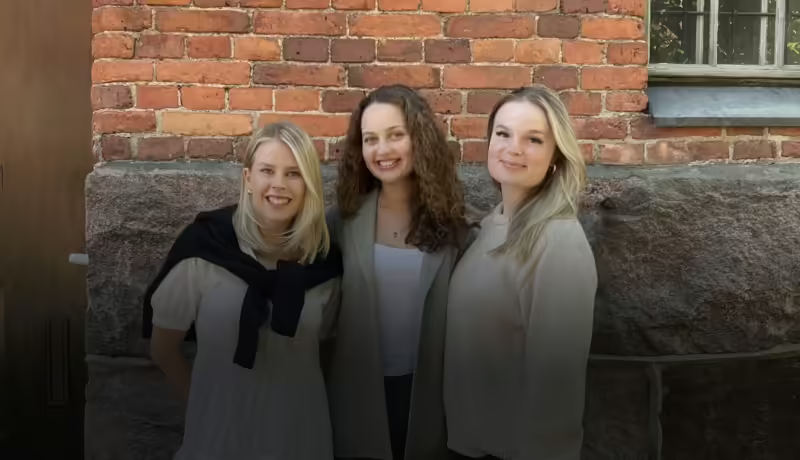Over recent months, a recurring theme has emerged in conversations with clients and at industry events:
- Why do some venture client units thrive while others fail?
- Why is there such a substantial market for innovation challenge facilitation and similar open innovation initiatives?
- Why do some venture client units thrive while others fail?
These insights are drawn from discussions with industry leaders and practitioners alike. A common challenge seems to be shared among them: what happens when a Venture Client Unit progresses from scouting to pilot, only for the partnership to stall or dissolve afterward? My favorite anecdote of this was “The Pilot Purgatory” – where startup pilots sit and wait without any way out.
The root issue in these cases often lies in the initial setup—specifically, whether sufficient groundwork – or The Work as I like to call it here, was laid for effective startup collaboration from the outset. Factors like supply chain strategy, risk management, or legal considerations often prove difficult to overcome without the necessary foundational alignment.
The Work is what ultimately sets a Venture Client unit up for long-term success:
- The Work is securing top management buy-in to the startup collaboration to the extent that it mandates legal, risk assessment, procurement, and supply chain management to align for collaboration.
- The Work is aligning stakeholders across these functions with the VCL unit’s process, establishing baseline criteria for startup partnerships.
- The Work is operationalizing these commitments by creating the necessary processes, documents, and guardrails with each involved team.
- The Work is about extensive internal communication, building awareness and demand for the venture collaboration across the organization.
- The Work is selling the vision to business and R&D units to create a broad support base for collaboration.
When done right, The Work results in a seamless process that startups find engaging and appealing. This foundational strength reduces the risk of initiatives stalling in “Pilot Purgatory” and fosters internal demand for scalable startup partnerships.
By contrast, taking the path of least resistance and not committing to the Work ahead of time often yields only surface-level outcomes—high-visibility programs like hackathons, awards, and accelerators that may attract attention but lack depth. Without a solid foundation, these initiatives often fail to result in sustainable collaborations post-pilot, leaving acquisition, the riskiest model of venturing, as the only option.
Combient Foundry provides end-to-end venture client services — from defining strategic needs to sourcing, piloting, and scaling startup solutions across complex industrial organizations.





